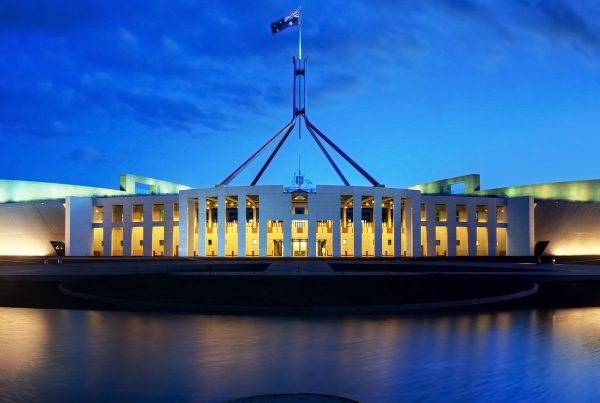In an emissions trading system, a central authority sets a cap on how much a pollutant such as CO2 may be emitted. The cap is allocated to companies in the form of emissions permits giving them the right to emit a certain amount of the pollutant. Firms are required to hold a number of permits equivalent to their emissions.
The total number of permits issued to all companies cannot exceed the emissions cap and firms that need to increase their emission permits must buy them from companies that require fewer permits. This means permit buyers are paying a charge for polluting more, while sellers are rewarded for reducing emissions.
The transfer of permits is referred to as a trade hence the term cap-and-trade.





